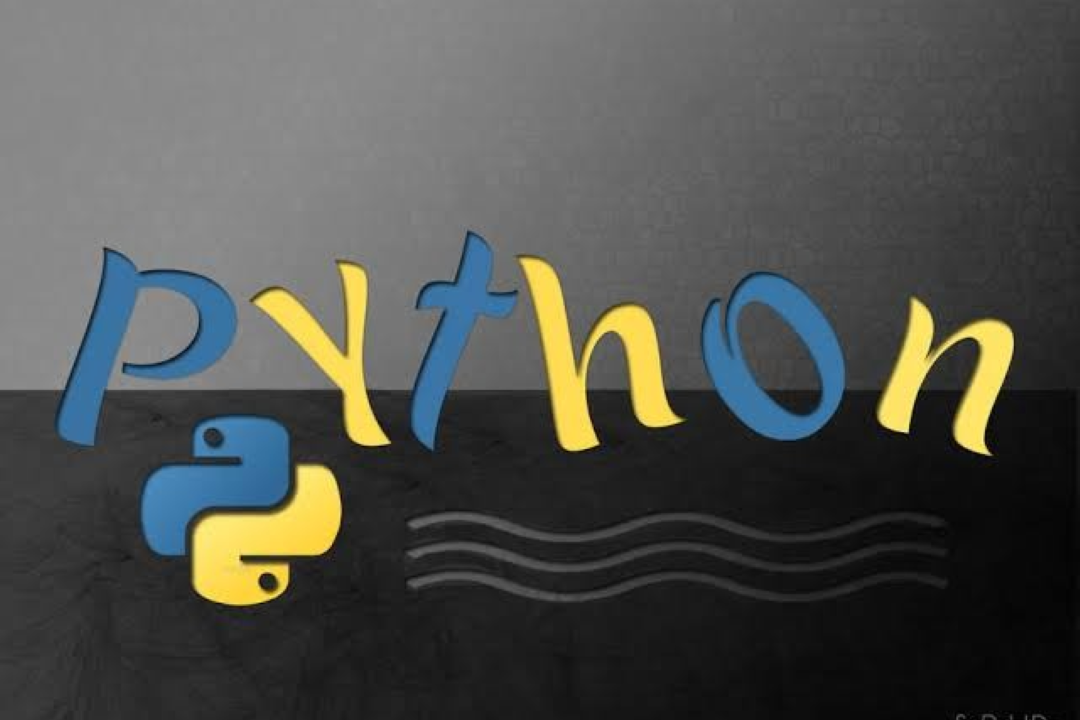What is Zip Function in Python
Exploring the Zip Function in Python
What is Zip Function in Python
The zip function in Python allows you to combine multiple iterables into a single iterable of tuples. This can be useful when you need to work with pairs of corresponding elements from different lists, such as when iterating over multiple lists simultaneously or when you need to pair up values for processing. Zip saves you from manually creating pairs or iterating over multiple lists separately, making your code more concise and readable.
To Download Our Brochure: https://www.justacademy.co/download-brochure-for-free
Message us for more information: +91 9987184296
1 - The zip function in Python is used to combine corresponding elements from multiple iterable objects into tuples.
2) It takes in two or more iterable objects (such as lists, tuples, or strings) and pairs up their elements based on their index position.
3) The function returns a zip object, which is an iterator of tuples where each tuple contains elements from the input iterables.
4) If the input iterables are of different lengths, zip stops generating tuples once the shortest iterable is exhausted.
5) Zip is commonly used in situations where you need to iterate over multiple lists simultaneously and perform operations on corresponding elements.
6) It can be useful for tasks like combining data from different sources, transposing data, or parallel processing.
7) The zip function is a built in function in Python and does not require any additional imports.
8) It is a versatile tool for data manipulation and processing, especially when dealing with tabular data or datasets.
9) The zip function helps in synchronizing multiple lists or arrays, making it easier to work with related data.
10) It is a powerful tool for data analysis and visualization, as it allows you to analyze multiple datasets in a coordinated manner.
11) Zip can help simplify code and reduce the complexity of nested loops when working with multiple collections.
12) By using zip, you can avoid manual indexing and element wise iteration, making your code more efficient and readable.
13) The zip function can be used in conjunction with functions like map and filter to perform complex operations on paired elements.
14) Understanding how to effectively use the zip function can enhance your programming skills and improve your data processing capabilities.
15) Training programs that cover the zip function in Python can benefit students by teaching them how to work with multiple datasets effectively and efficiently.
Browse our course links : https://www.justacademy.co/all-courses
To Join our FREE DEMO Session: Click Here
Contact Us for more info:
Python Full Stack Course
PYTHON VS C
DOMAIN TESTING IN SOFTWARE TESTING
Advantages of Big Data Analytics
Interview Questions For Power Bi











